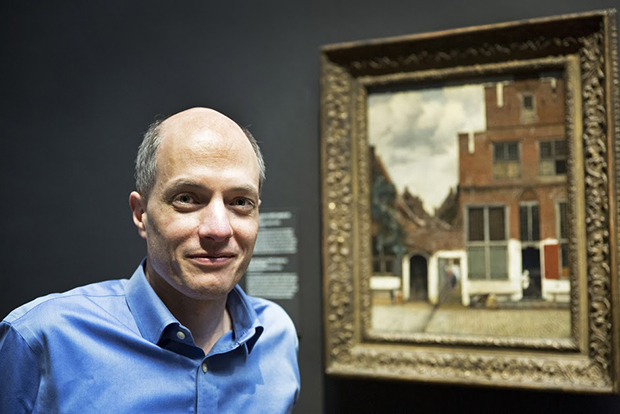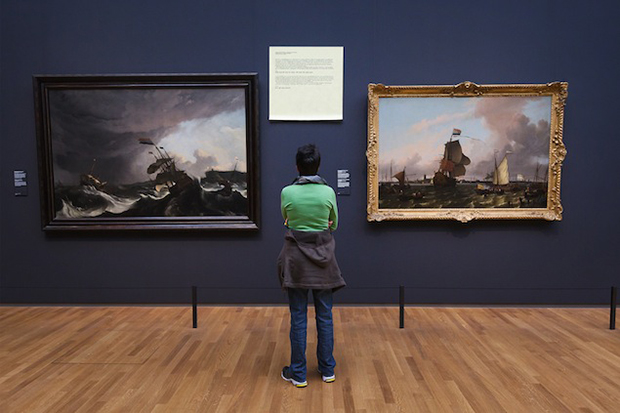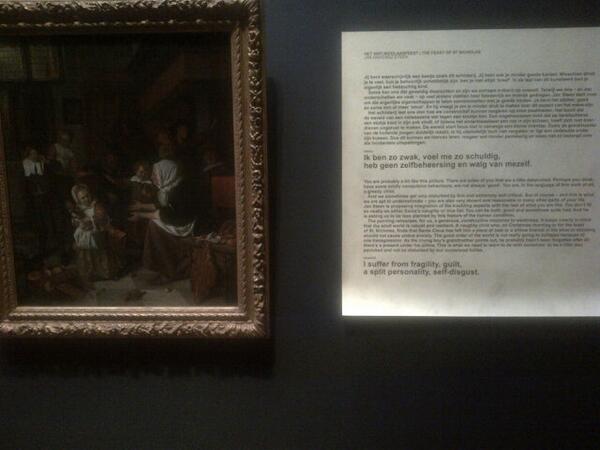
Art as Therapy welcomed at the Rijksmuseum
The press and the public love how Alain de Botton has transferred his book to the walls of the Dutch museum
“Large museums and public galleries are at the center of our experience of art today,” write Alain de Botton and John Armstrong in our book, Art as Therapy, “They are the places where we’re most likely to spend time engaging with individual works.” Yet, as anyone who's read the book knows, the authors are dismayed with the prioritizing of art history over more spiritual requirements.
“A more ambitious, and beneficial, arrangement would be to arrange the works in line with the concerns of our souls,” they write, “bringing together those objects which, regardless of their origins in space and time, address the troubled areas of existence.”

Now the Rijksmuseum in Amsterdam is giving its visitors the chance to experience an exhibition as de Botton and Armstrong imagine it, as Art as Therapy becomes Art is Therapy.
For the show, which opened on Friday, the authors have rewritten the usual art-historical labeling of works in the state museum, offering instead therapeutic commentary on 150 pieces, arranged around the rubrics of love and relationships, work, status, memory and mortality.
These new captions are set alongside the existing Rijksmuseum captions, on larger, Post-It Note style boards, designed by the Dutch designer Irma Boom. The exhibition includes many of the museum’s best-known paintings, such as The Night Watch (1642) and Jewish Bride (c. 1665-1669) by Rembrandt, as well as A Writer Trimming His Pen (1784) by Jan Ekels, as well as plenty of newer, lesser-known exhibits.

It’s a bold move by the Rijksmuseum, yet it seems to have paid off, with high visitor numbers and good coverage in the Wall Street Journal, De Telegraaf, and Algemeen Dagblad. The show runs until 7 September. To find out more, go here, and for further insight into how fine art can help us lead a better life, buy a copy of Art as Therapy here.